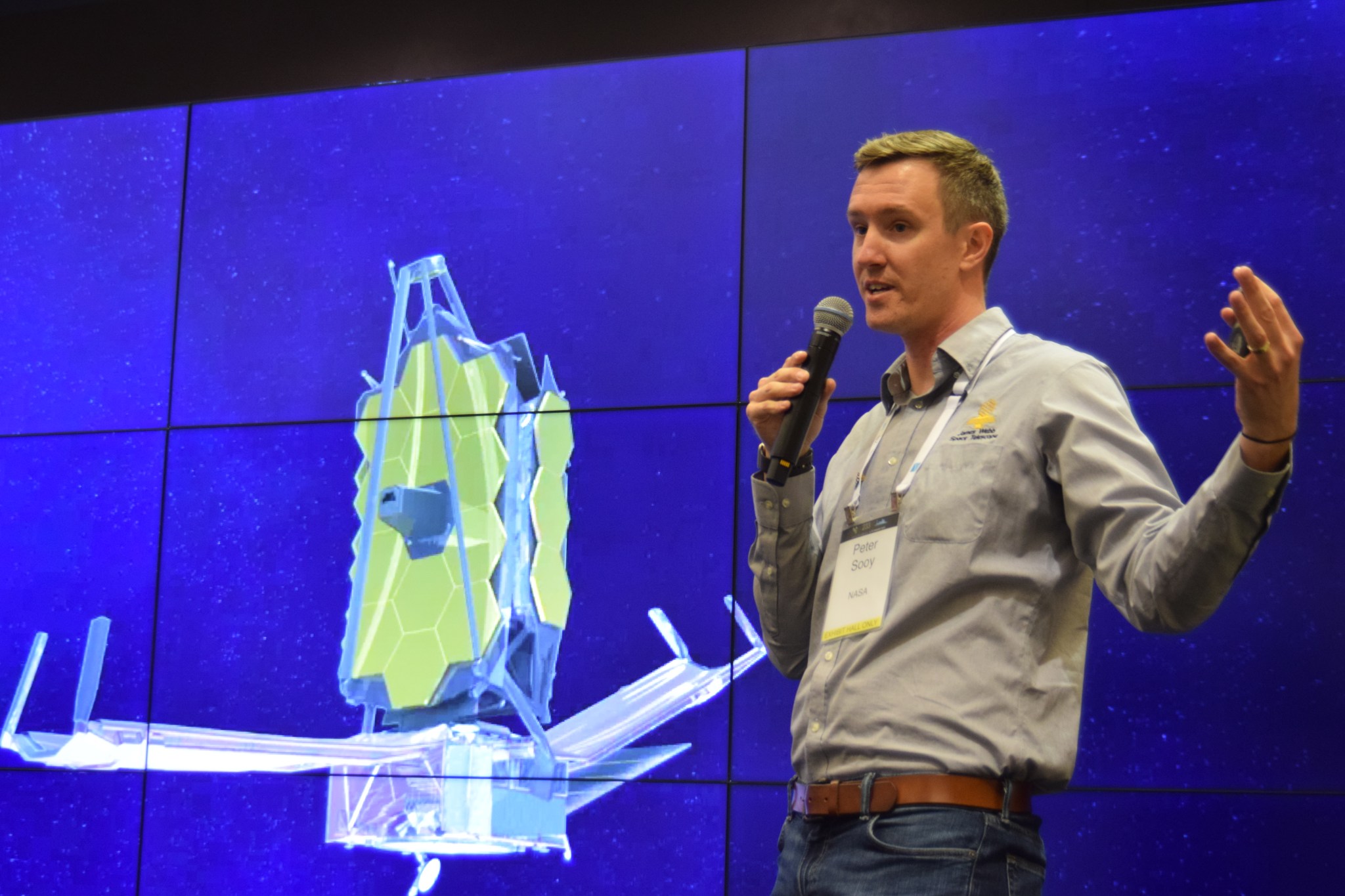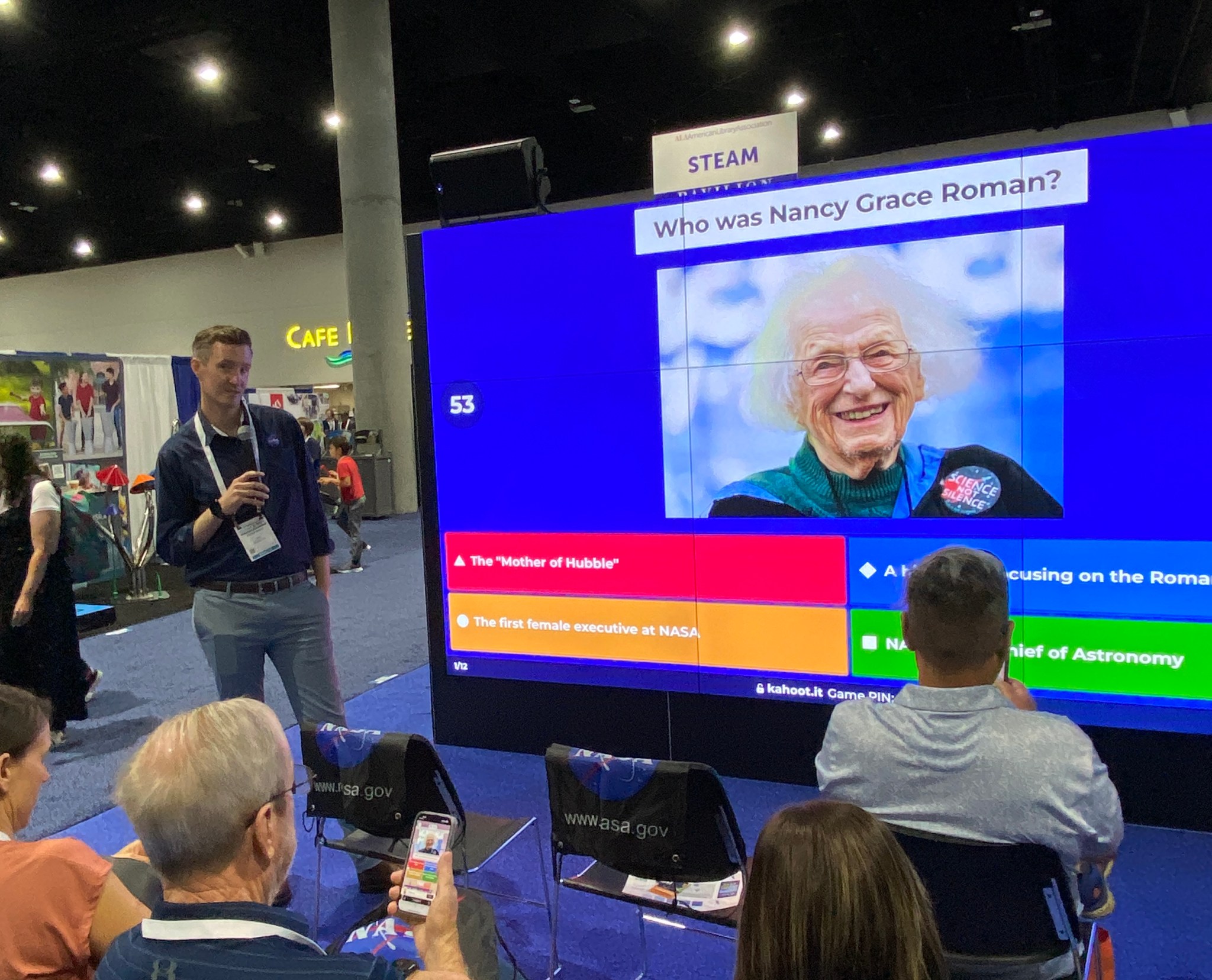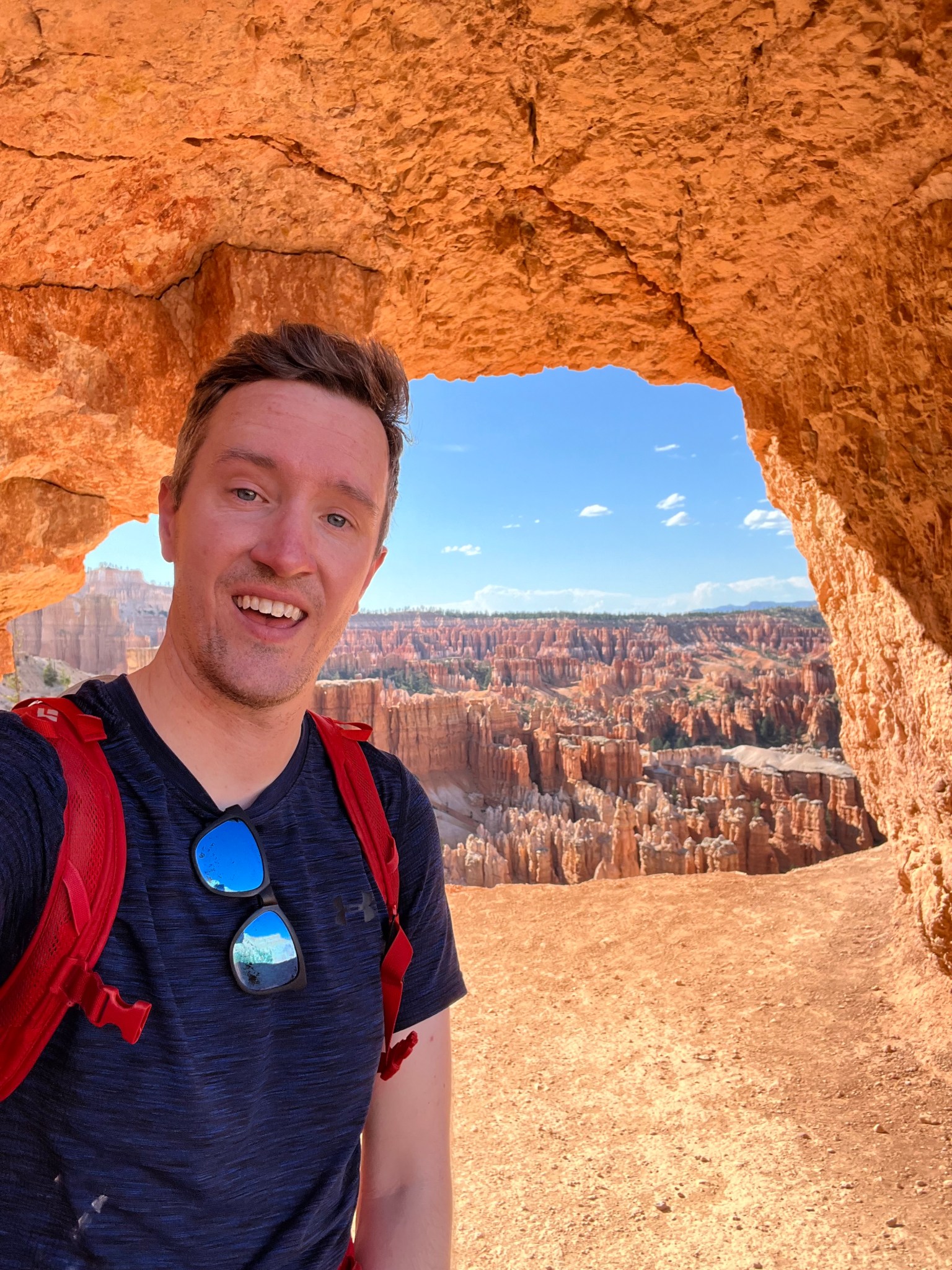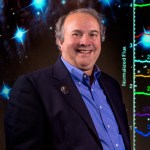Peter Sooy: Spreading Cosmic Awe Across the World
Outreach lead Peter Sooy extends NASA’s reach to diverse audiences across the country, sharing a sense of cosmic wonder and helping to inspire the next generation of space enthusiasts.
How did you get your start in science communication?
I didn’t really grow up as a space nut or dream about being an astronaut like a lot of kids. I originally majored in sports journalism because I thought that would be a lot of fun. So that got me in the door of the journalism school at the University of Maryland-College Park, and I was happy knowing I could graduate with a usable skill — I could write a story.
After college, I worked a couple different jobs before landing at NASA. I was in the Navy for a little while, then worked on a natural gas rig. I got my foot in the door at NASA’s Goddard Space Flight Center as an admin, thanks to some networking. About six months later, I shifted to doing outreach and communications work.
How did your work at NASA lead to your current role, and what do your duties entail?
I worked with the Satellites Servicing Projects Division for five years, organizing in-person engagement with the public for the division. Then in 2018, I pivoted to doing the same thing for NASA’s James Webb Space Telescope. The following year I added on NASA’s Nancy Grace Roman Space Telescope, and I’ve been covering both ever since.
I arrange for the missions’ presence at science conferences and public events, plan tours at Goddard, document events by taking photos, write stories when needed, and help with social media posts about events I’m at. So far I’ve coordinated over 100 different events, which involved engaging with tens of thousands of people. The Roman tours are especially fun because everything is coming together here at Goddard. I can swing by the clean room every now and then and see the telescope actually taking shape here, which is really cool.
What qualifies as a successful event, in your eyes?
It’s hard to measure success when it comes to outreach because you never know how much someone will take away from the encounter. Maybe there’s an event that had few visitors, but it made a significant impact on someone who attended. You can have an interaction that will help shape a kid’s future, or open a person’s eyes to the importance of space exploration. So while we track stats like number of attendees, I think there’s a lot more to it that isn’t really measurable.
One thing I try to do is visit different parts of the country. I try to spread it around so we aren’t just connecting with people in the Maryland or D.C. areas. And at least once a year, we’re trying to arrange a big anchor event someplace and then also several smaller events in the same area while we’re there. It’s partly for efficiency, but also to reach more diverse audiences in regions we’re already visiting anyway.
What have been some career highs and lows so far?
The Covid pandemic was certainly a low! My events went from being about 95% in person to 100% virtual. We pivoted and it ended up working really well, but there was definitely a lonely stretch and a learning curve to shift to a new way of doing things.
And it led to the high of coming back to in-person events starting in 2022 with renewed energy and excitement. Some of my favorite events have been at national parks. It’s such a great way to connect with both Americans and people from around the world, all while experiencing some of the most beautiful parts of the country. And people are there on vacation, so they have time to stop and chat and learn. The Grand Canyon Star Party has been my favorite national park event so far!
Do you ever get feedback from attendees?
Recently someone came up to me after a Webb event and thanked me for having a female astronomer, Amber Straughn, as the face of the telescope. The person said it was really inspirational, and she felt like it was important because it helps people see that women belong in astronomy just as much as anyone else. I was so happy that this attendee connected so deeply to the message we were sharing at the event. I try to be very conscious about how I am presenting NASA and these missions to the public, so it was a great full-circle moment to see how that can resonate with people.
What hobbies fill your time outside of work?
I like hiking, visiting national parks, watching Maryland basketball, playing tennis, enjoying craft beer, and traveling.
What advice do you have for others who are interested in working at NASA?
I always tell people that if you like science and engineering, that’s great — do as much as you can with it. But if you’re not into that, don’t think there’s no space for you at NASA. It’s a huge organization with writers, business people, HR people, photographers — folks in all sorts of roles. So get creative about the path you may take to get your foot in the door at NASA, and keep applying!
By Ashley Balzer
NASA’s Goddard Space Flight Center in Greenbelt, Md.


































